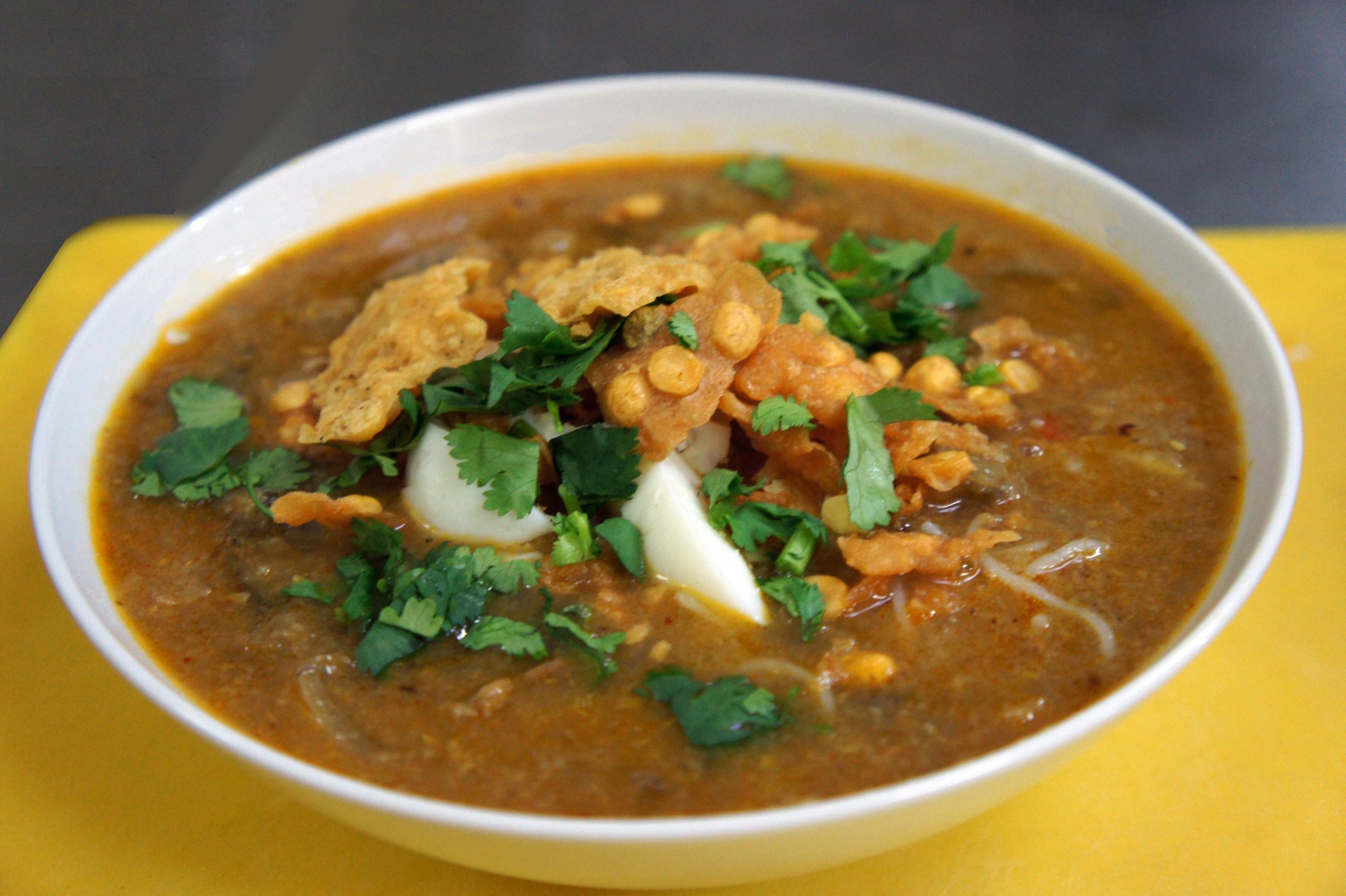Savor the Flavor: Eat Myanmar’s Famous Mohinga Noodles
Introduction
Myanmar, a land rich in culture and tradition, is also home to a culinary gem that stands out as the nation’s beloved breakfast dish: Mohinga. This flavorful fish soup noodle dish is more than just a meal; it’s a cultural experience that connects people across the country. Whether you’re wandering through bustling city streets or exploring quaint village markets, you’ll find Mohinga being served and savored everywhere. Join us on a delicious journey to discover why Mohinga is Myanmar’s most famous dish.
What is Mohinga?
Mohinga is a traditional Burmese soup made with rice noodles and a fish-based broth. The dish is often garnished with a variety of toppings such as crispy fritters, boiled eggs, banana stem, and fresh herbs. The rich and savory broth, infused with lemongrass, turmeric, and fish sauce, creates a symphony of flavors that is both comforting and invigorating.
The Heart and Soul of Myanmar
In Myanmar, Mohinga is more than just food; it’s a part of daily life. Traditionally eaten for breakfast, it’s a dish that brings families and communities together. Street vendors rise early in the morning to prepare and sell this beloved dish, filling the air with its tantalizing aroma.
Ingredients and Preparation
- Broth: The heart of Mohinga is its broth, typically made from catfish. The fish is simmered with lemongrass, turmeric, ginger, garlic, and onions to create a flavorful base.
- Rice Noodles: Thin rice noodles are the backbone of Mohinga, providing a soft, silky texture that complements the rich broth.
- Toppings: Common toppings include crispy chickpea fritters, boiled eggs, banana stem slices, cilantro, and lime. Each topping adds a unique texture and flavor to the dish.
- Condiments: To enhance the flavor, Mohinga is often served with additional condiments like fish sauce, chili flakes, and garlic oil.

Where to Eat Mohinga
- Street Vendors: For an authentic experience, try Mohinga from a street vendor. These local cooks have perfected their recipes over generations.
- Local Markets: Markets are a great place to find fresh, delicious Mohinga. Enjoy it while soaking in the vibrant atmosphere.
- Restaurants: Many restaurants in Myanmar offer their own unique takes on Mohinga, often with regional variations.

How to Enjoy Mohinga
- Morning Ritual: Join the locals and enjoy Mohinga for breakfast. Pair it with a cup of Burmese tea for the full experience.
- Mix It Up: Customize your bowl with various toppings and condiments to suit your taste.
- Savor Slowly: Take your time to savor each spoonful, appreciating the harmony of flavors and textures.
A Culinary Adventure
Eating Mohinga is not just about the taste; it’s about immersing yourself in the culture of Myanmar. It’s about the early morning hustle of street vendors, the communal experience of sharing a meal, and the rich culinary traditions that have been passed down through generations.
Tips for Trying Mohinga
- Be Adventurous: Don’t be afraid to try different versions from various vendors. Each one has its own unique twist.
- Ask Locals: Locals can point you to the best Mohinga spots. Their recommendations are often the most authentic.
- Enjoy the Atmosphere: Eating Mohinga is as much about the setting as it is about the food. Enjoy the vibrant surroundings and the people you meet along the way.
Conclusion
Mohinga is more than just a dish; it’s a delicious representation of Myanmar’s rich cultural tapestry. From its aromatic broth to its diverse toppings, every bowl tells a story. Whether you’re a seasoned traveler or a culinary enthusiast, eating Mohinga is an essential experience in Myanmar. So, take a culinary adventure and savor the flavor of Myanmar’s famous Mohinga noodles.

